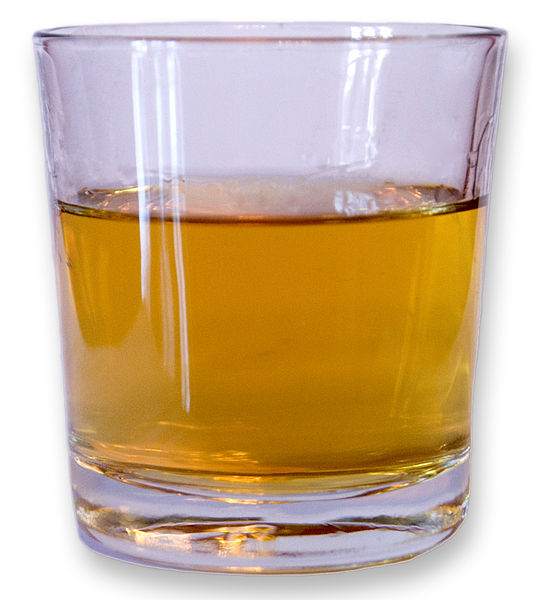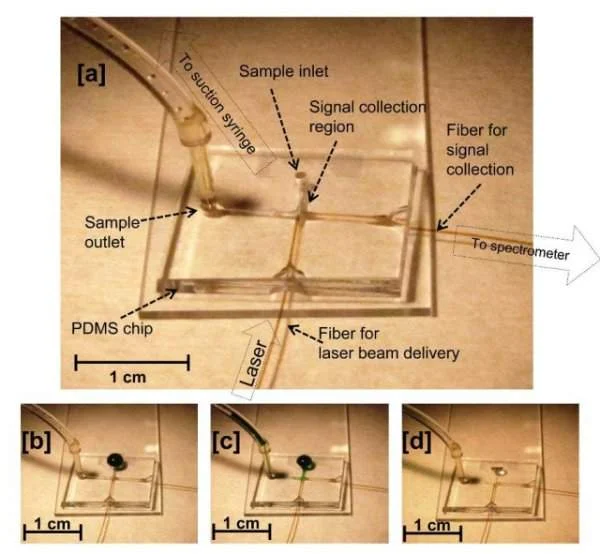Scotland takes its whiskey very seriously. So it should come as no surprise that scientists at the counrtry’s oldest university have come up with a device that uses spectroscopy to test whiskey for its authenticity.
According to PhyOrg.com, physicists Praveen Ashok, Bavishna Praveen, and K. Dholakia worked together at the University of St Andrews in Scotland to create the device. Their work has been published in the journal Optics Express.

The concept of using spectroscopy to examine whiskey – and liquids in general – is obviously nothing new.
Any liquid that lets light pass through it can be examined with spectroscopy. Unfortunately, spectroscopy equipment is typically time consuming to configure and requires quite a bit of technological expertise.
However, the new device can be used by the masses as soon as it is available in stores.
This ultimate whiskey accessory is basically just a microfluidic chip made of polydimethylsiloxane (PDMS), which is a type of see-through plastic that has horizontal canals imprinted into it to allow the addition of fiber cables and vertical channels for the input and output of miniscule whiskey samples.
Using the device is easy because all you have to do is drop a little whiskey into the hole on top.
The whiskey is then shot with a laser from the fiber optic cable and read by the spectrometer on the opposite end of the output fiber cable.
The whiskey output channel is used for drawing the whisky back out so that the channels can be washed for reuse.

There are two kinds of analysis that the spectrometer is capable of. The first is to test for alcohol content, because the intoxication factor is important for whiskey aficionados. If it’s not at least 40% alcohol then it’s not considered whiskey.
The second is to measure the other organic compounds found in the whiskey samples like esters and aldehydes. It is also common for whiskey to have tiny bits of wood in it from the casks that hold it as it matures.
Even though these substances make up less than 1% of the whiskey, they are what make each whiskey unique in the way it looks and tastes.
By analyzing the amounts present in each sample, the spectrometer is able to determine if it’s authentic. The device is also capable of identifying the brand, age and sometimes even what cask the whiskey originated in.
Liquor enthusiasts will be happy to know that Optics Express is an open access journal and no subscription is necessary to read the full report: Near infrared spectroscopic analysis of single malt Scotch whisky on an optofluidic chip.






